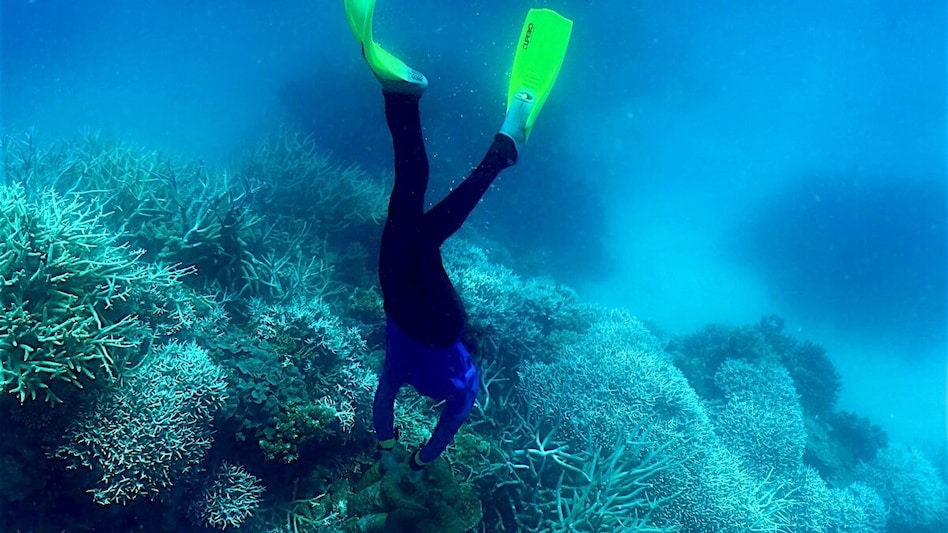 Despite moderate heat stress (6°C weeks) relative to other reef areas, mortality surpassed previous records at Lizard Island.
Despite moderate heat stress (6°C weeks) relative to other reef areas, mortality surpassed previous records at Lizard Island.
 Despite moderate heat stress (6°C weeks) relative to other reef areas, mortality surpassed previous records at Lizard Island.
Despite moderate heat stress (6°C weeks) relative to other reef areas, mortality surpassed previous records at Lizard Island.An alarming 92% of corals at Lizard Island on Queensland’s Great Barrier Reef have died after last year’s bleaching event, new research shows, marking one of the highest coral mortality rates ever recorded worldwide.
The study details the devastating toll of the Fourth Global Coral Bleaching Event. The team assessed the impact of the bleaching event declared by the National Oceanic and Atmospheric Administration (NOAA) in April 2024, which caused widespread damage across the Great Barrier Reef.
Lead author Vincent Raoult from Griffith University’s School of Environment, with collaborators from Macquarie University, James Cook University, the CSIRO, and GeoNadir, surveyed 20 reef sections (each 10m x 10m) around Lizard Island.
Average coral mortality reached 92%, with bleaching affecting 96% of living corals in the surveyed areas.
“This marks one of the highest coral mortality rates ever documented globally,” Raoult said.
“Despite lower heat stress at Lizard Island compared with other parts of the Great Barrier Reef, the mortality rate is unprecedented. These results highlight the fragility of coral ecosystems facing increasing stress from climate change, and the possible devastation resulting from the 2024 global bleaching event.”
Professor Jane Williamson from Macquarie University, senior author on the study, said the findings underscored the urgent need for climate action.
The team used high-resolution drone imagery collected in March 2024 and returned in June to assess survival and mortality across the same areas.
“Using drone-derived imagery, we tracked bleached and living coral during and after the bleaching event,” Professor Williamson said. “Drone technology allows us to scale up observations over larger areas while maintaining high precision.”
Key findings include:
The team continues monitoring Lizard Island under an Australian Museum Lizard Island Critical Grant, tracking potential coral recovery into 2026.